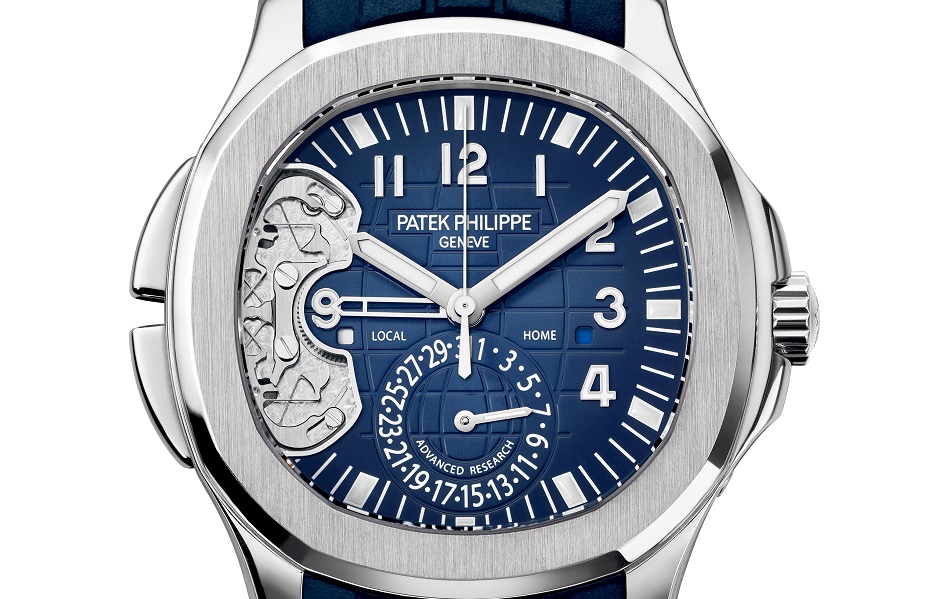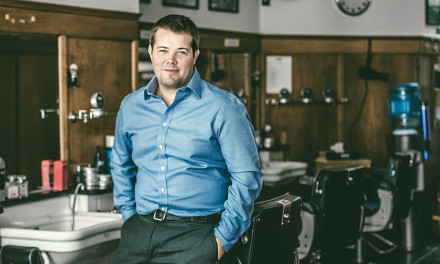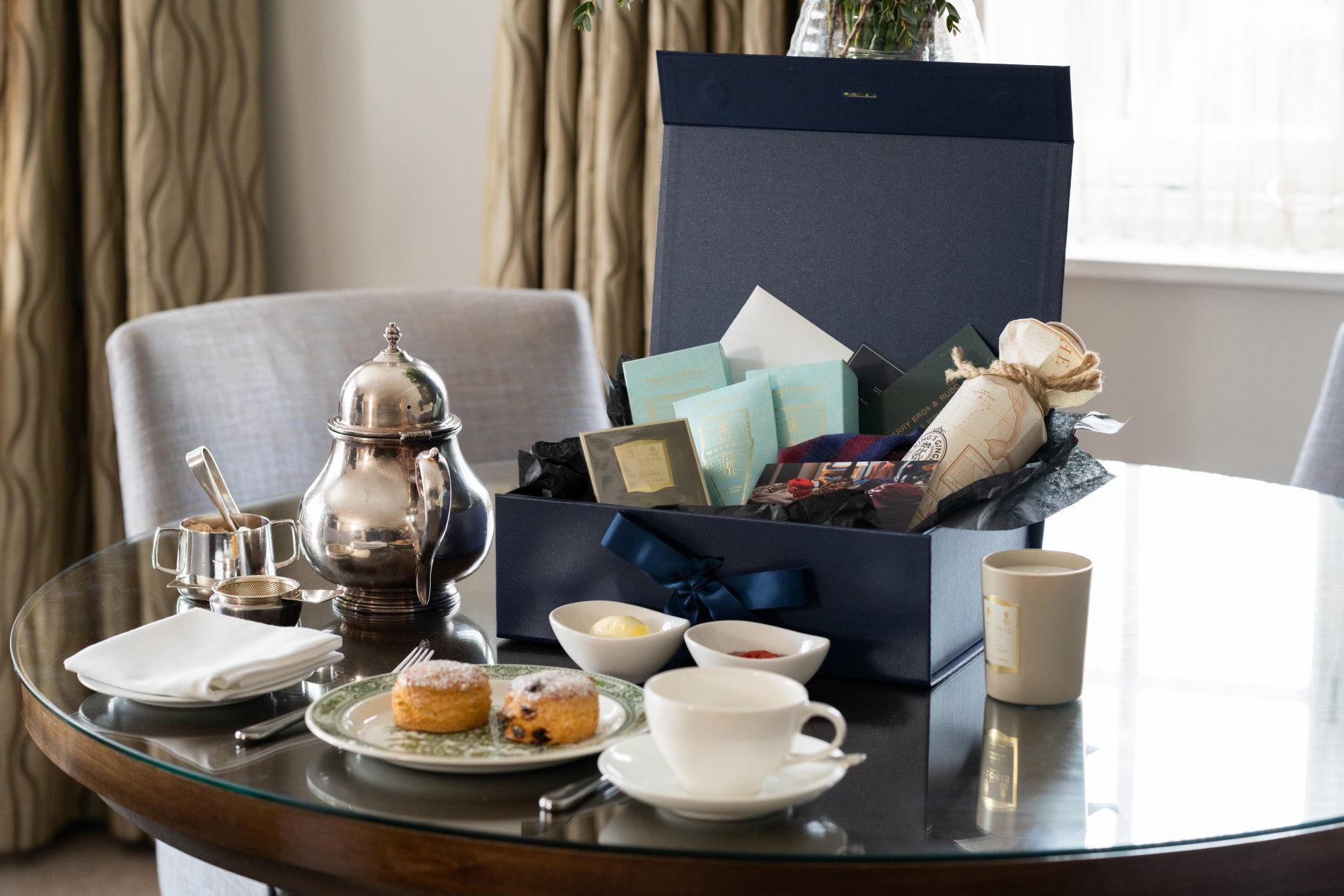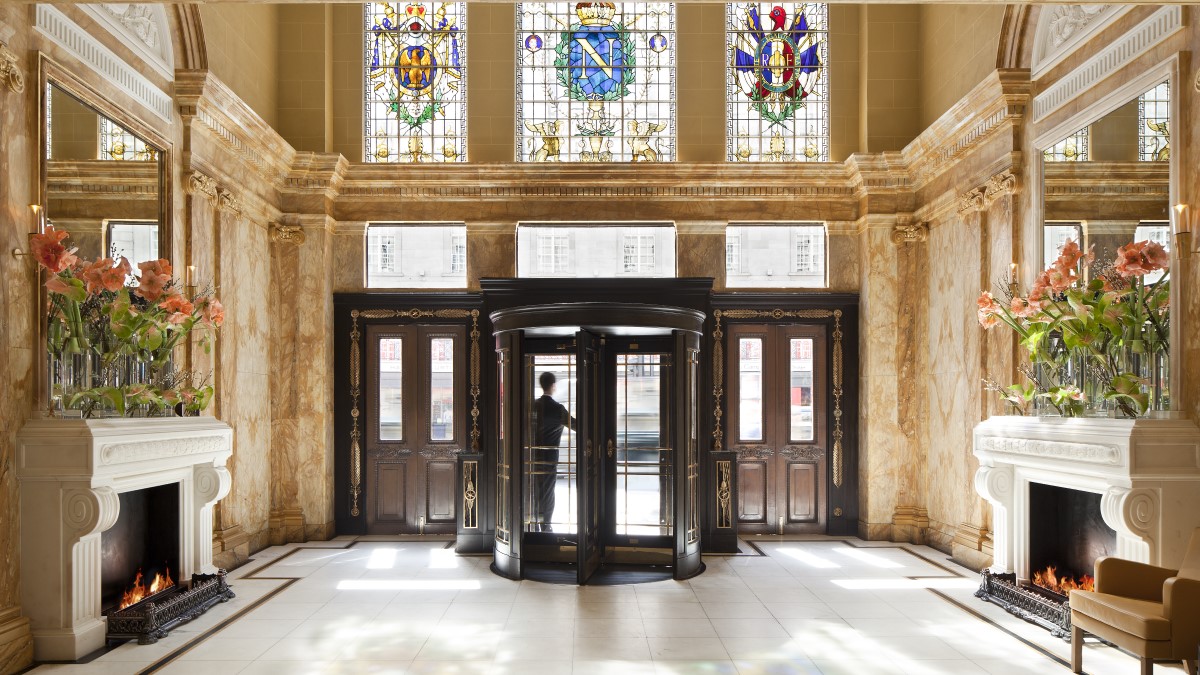Tradition and technological innovation have ensured Patek Philippe has stood the test of time. We discover more at its Geneva HQ. Words by Jonathan Whiley.
It’s 2.03pm on the outskirts of Geneva, the cradle of Swiss watchmaking.
Inside Patek Philippe’s glass-fronted HQ, we’re looking to the future while keeping one eye on the past.
This most elegant of luxury Swiss watch brands – owned by the likes of John F Kennedy – has been running a silky smooth operation since its birth in 1839.
Back then, it was known as Patek, Czapek & Cie, set up by Polish watchmaker Antonie Norbert de Patek.
Except, of course, there have been challenging times – not least the 1930s and the Great Depression.
“At that time, companies that didn’t have a variety of markets in the world were in real trouble,” says Jasmina Steele, who has worked at Patek for the past 23 years.
New markets
While Antonie established a strong client base with European aristocracy, he was also looking to the new world.
He would travel to America in the 1860s to build an alternative market, long before the Wall Street crash that would devastate the world economy.
“Being independent and family owned, the financial independence has been key throughout,” says Steele.
“Many customers … think Patek has always been successful. But it’s not true,” she adds.
“No one is always successful. It’s the ones who can hold on over time who are successful,” she says.

Quartz crisis
In the 1970s and 1980s, the Swiss watchmaking industry was hit hard.
Quartz watches – regulated by a quartz crystal and therefore considered more accurate – largely replaced mechanical watches.
But Patek overcame it by keeping mechanical watches.
In the middle of the quartz crisis, Patek inaugurated a project to mark its 150th anniversary in 1989.
The Calibre 89, a pocket watch initiated 10 years previously, became the most complicated portable timepiece in the world.
New tech
Exploring new technology has always been key to the company throughout its illustrious history.
In 1845, they held a patent for the first key-less winding and setting mechanism. In 1889 they held a patent for a perpetual calendar mechanism for pocket watches; and between 1949 to 1951, the development and patented invention of the Gyromax balance wheel.
“Patek Philippe doesn’t want to rest on its laurels. We are traditional, but always innovating,” says Philip Barat, head of watch development, who has worked for the company for 27 years.
The company works alongside leading research institutes such as the EPFL university in Lausanne, on watch development and projects.
“We are very curious about new material, like silicon. What is important is that we want to use new materials, new technology, only if that gives us something that is better for the reliability and accuracy of the watch,” says Barat.
But while a leading exponent of technology, it never forms part of Patek's marketing.
The famous tagline – “You never actually own a Patek Philippe, you merely look after it for the next generation” – remains a nod to its rich history.
Queen Victoria and Prince Albert gave their seal of approval at the Great Exhibition in 1851. It has been captivating the world ever since.
Patek Philippe, 16 New Bond Street.
This article first appeared in the Mayfair Times.
See the Lifestyle section of our website for similar stories.
Main picture: Patek Philippe
Second picture: The Calibre 89.












